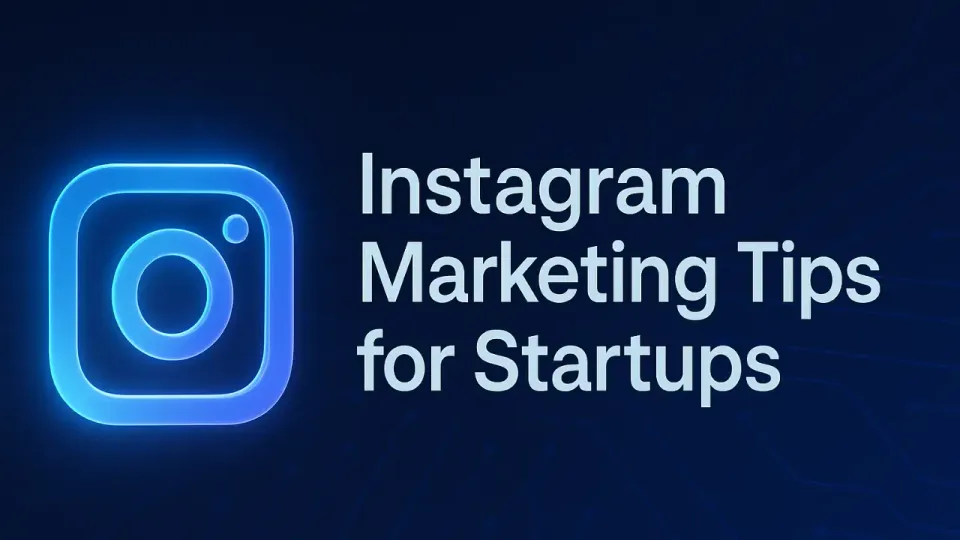Mastering Social Media Management for Business Growth
Discover practical insights and strategies in social media management tailored for small-to-medium business owners looking to enhance online presence.

In today’s digital age, if you’re a small-to-medium business owner, you probably already feel the weight of social media management on your shoulders. You might be asking yourself, “How can I leverage social media to grow my business?” Well, you're in the right place. Let’s dive into social media management and how it can transform your business, especially for those in the vibrant communities around Hoover, AL.
Understanding Social Media Management: More Than Just Posting
Social media management involves more than just posting updates on Facebook or Instagram. It’s about crafting a coherent strategy that aligns with your overall business goals. Imagine your social media presence as a well-tuned orchestra; every channel, message, and post should play in harmony to create beautiful music that resonates with your audience.
Here are a few essential components to consider:
- Content Creation: Develop content that reflects your brand’s voice and engages your audience. Think blog posts, videos, and infographics.
- Analytics and Feedback: Use tools like Google Analytics and Facebook Insights to track engagement. This data can help you refine your strategy.
- Community Engagement: Respond to comments and messages promptly; this creates a loyal audience base.
For instance, a local bakery in Hoover utilized social media management to share daily specials. Over a month, they noticed a 25% increase in foot traffic by responding to customer comments and sharing engaging behind-the-scenes bakery content.
Creating a Compelling Social Media Strategy
Creating a successful social media strategy may seem daunting, but it doesn’t have to be. Start by defining your goals: are you looking to increase brand awareness, drive more sales, or enhance customer loyalty? Clarity in your objectives will lead to tailored strategies.
Here’s a simple framework for you:
- Define Your Audience: Know who you want to reach. Segment your audience based on demographics and interests.
- Choose the Right Platforms: Not every platform is suitable for your business. If you’re visually-driven, focus on Instagram and Pinterest; if you’re service-based, Facebook or LinkedIn might be more effective.
- Content Calendar: Plan and schedule your posts using tools like Buffer or Hootsuite. This keeps your content consistent and engaging.
For example, an e-commerce store in Birmingham established a content calendar and saw a 40% boost in engagement within three months, as posts aligned with promotional timelines and trending topics.
Engaging with Your Audience: The Heart of Social Media Management
Social media is a two-way street. Engaging with your audience isn’t just advisable; it’s necessary. Start conversations, respond to their messages, and even ask for their opinions on new products. This creates a community around your brand.
Here’s how to engage authentically:
- Live Videos and Q&As: Host live sessions to talk about your business or industry trends. This fosters trust and transparency.
- User-Generated Content: Encourage your customers to share photos or stories featuring your products. Share these on your profiles to boost credibility.
- Contests and Giveaways: These attract new followers and keep current audiences excited and engaged.
A local HVAC company in Hoover held a giveaway for their services. They encouraged participants to tag friends and share their posts, which resulted in a 300% increase in followers and significant engagement growth.
Measuring Success: The Importance of Analytics
Finally, how do you know if your social media management efforts are paying off? This is where analytics come into play. Regularly review your performance metrics to gauge success and adjust your strategy accordingly.
Key metrics to track include:
- Engagement Rate: Likes, shares, and comments that show how well your content resonates with your audience.
- Conversion Rate: The percentage of users who take a specific action, like filling out a contact form or making a purchase.
- Traffic Sources: Understand which social media platforms drive the most traffic to your website.
As an example, a retail business that regularly monitored their engagement metrics identified that video content drove the most traffic. By adjusting their focus, they increased sales by 33% over the next quarter.
Conclusion
Social Media Management is more than a trend; it’s an essential part of any modern business strategy, particularly for those looking to grow in local markets. By understanding its importance and implementing a structured approach, business owners can see tangible returns on their investment. As you cultivate your social media presence, remember: consistency, engagement, and analysis are your best friends on this journey.
"Joining this community has been a game-changer for staying updated on the latest trends & events!" - John B.





